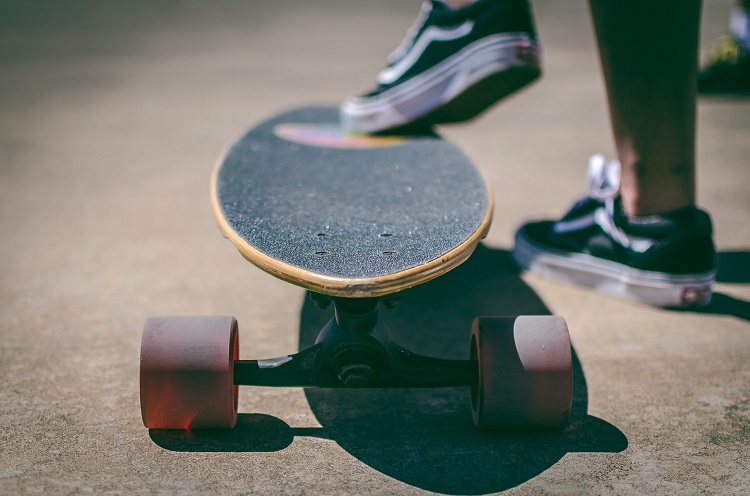
Source: stormpaddle.com
Just like most board-related sports, longboarding came to be as a form of “surfing” on concrete back in the 1950s. Hawaii was the place where it all began and it was all thanks to surfers who wanted to transcend their favourite sporting activity by bringing it to the streets. It was 1958 that longboards started to become commercially available and their popularity became ever-increasing until 12 years later. The 70s were the golden era of longboards or long skateboards as they were known back then.
This was because new materials and technologies were being invented to manufacture the boards, just like its popular predecessor skateboarding. Throughout the decades various types of sporting activities branched out from longboarding. These included cruising, carving, slalom longboarding, downhill longboarding, and so on. But why did longboarding became such a popular sport?
Benefits of Longboarding

Source: hobbyhelp.com
Cardio
It wasn’t just the fact that riding a longboard was cool. One of the many reasons behind the popularity of long skateboards was the health benefits provided. One of these benefits was the daily cardio people were getting which meant that a quality long skateboard could improve cardiovascular health. All that pushing requires more oxygen to flow through your lungs, and you use the majority of your core muscles.
Strength
While this is an obvious one, being able to push yourself requires you to be strong and enduring. Your whole body is working towards that same goal, so all your muscles are being worked out.
Flexibility & Balance
Keeping good balance while riding a long skateboard is a must, just like when riding any other board. However, you need that extra flexibility when riding a longboard, since the board is longer than your usual skateboard so it requires you to be more flexible in order to maintain your speed and stance on the board.
Weight Loss
Like every sporting activity, longboarding also contributes to weight loss. Although you mostly use your legs to control the board it is enough to make you lose a couple of kilogrammes if you ride your longboard every day.
Sleep
All that hard work required to keep yourself moving and to control your direction will pay off not only when it comes to perfecting your longboard riding skills. Just like when you perform any other physical activity, you’ll also get sound sleep after you’ve ridden a longboard for hours. At the end of the day, you’ll have an easier time falling asleep.
How to Choose a Longboard for Beginners

Source: longboarding.co
Deck Shape
The most important part of every longboard is the deck, or the platform you stand on when on the board. There are two shapes of longboards – directional and twin boards. Directional boards are meant to be ridden one way, while twin boards can be used to go both ways. You don’t need to turn around a twin board to go the opposite way. Directional boards are better for downhill riding as well as for cruising and carving. Twin boards, on the other hand are better for freeriding or freestyle riding.
Flex
The flex of the board determines how well you’ll be able to ride and what the board is going to be good at. Soft flex boards are the best at absorbing impacts but they are very unstable. Medium flex boards are good at maintaining speed, and they boast good shock absorption properties and a spring feel to them. Boards with a stiff flex are the most stable but also the least forgiving over bumps.
Trucks
These components enable the turning and pivoting of the longboard, which is why you need to pay close attention to how they’re made. Quality materials such as steel are a must, but you must consider your riding style to get the best trucks.
Wheels
The wheels decide how smooth your ride is going to be, and most longboards use wheels with a diameter between 65 and 75mm. A wheel with a smaller diameter may make your board go a bit slower, but it will make it more stable. Smaller wheels are great for carving and cruising setups since your board will be able to absorb most small obstacles seamlessly. Wheels with a bigger diameter provide faster acceleration and higher speeds but at the cost of reduced stability. While bigger wheels are better at overcoming obstacles rather than absorbing them, you won’t be able to control the board as easily.
Whatever wheel size you get, one thing you need to make sure is for the wheels have is a good grip. Consider going for squared wheels with a durometer between 70A ad 78A. Softer wheels have a larger area of contact with the ground, hence why they grip better. And a better grip means better control, especially when it comes to sharp turns. As a beginner, having control over the board is something you need to master. Later on, you can experiment with various wheel sizes and durometer levels.

